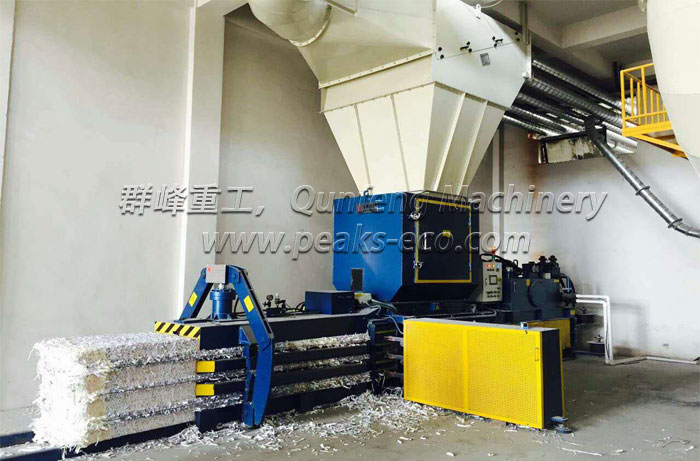Choosing A Paper Baler For Paper Recycling
In the pursuit of environmental responsibility and sustainable waste management, selecting the right paper baler for paper recycling is a pivotal decision for businesses and organizations. A paper baler efficiently compacts paper waste into manageable and recyclable bales, contributing to a more eco-friendly and cost-effective waste disposal process.
**1. Understanding Your Paper Waste:
Analyze Paper Types:
Different paper balers are designed for varying types of paper waste. Consider the diversity in your paper waste, such as office paper, cardboard, or newspaper, to choose a baler that can handle the materials efficiently.
Volume and Frequency:
Assess the volume of paper waste generated regularly and the frequency of recycling. This will guide you in determining the size and capacity requirements for your paper baler.
**2. Types of Paper Balers:
a. Vertical Balers:
Ideal for businesses with moderate paper waste.
Compact and space-efficient design.
Suited for small to medium volumes of paper recycling.
b. Horizontal Balers:
Suitable for large-scale paper recycling operations.
Processes high volumes of paper waste efficiently.
Often automated, reducing manual labor.
c. Two-Ram Balers:
Designed for high-capacity recycling facilities.
Handles diverse materials, including paper, cardboard, and plastics.
Offers advanced features like pre-pressing and bale tying.
**3. Baler Capacity and Output:
Consider Throughput:
Evaluate the baler's throughput, which indicates its processing capacity in terms of paper volume per hour. Choose a baler that aligns with your recycling demands.
Bale Size and Weight:
Determine the preferred bale size and weight for your recycling program. Different balers offer flexibility in adjusting these parameters to meet specific recycling requirements.
**4. Ease of Operation:
User-Friendly Controls:
Opt for a paper baler with intuitive and user-friendly controls. This ensures that operators can efficiently and safely manage the baler without extensive training.
Automation Features:
Explore automation features that enhance efficiency, such as auto-eject systems, conveyor belts, and automatic bale tying. These features can streamline the recycling process.
**5. Safety Features:
Emergency Stop Mechanism:
Ensure the baler is equipped with an emergency stop mechanism to halt operations in case of any safety concerns.
Safety Sensors:
Look for safety sensors that detect irregularities and potential hazards during the baling process, prioritizing the well-being of operators.
**6. Footprint and Space Considerations:
Evaluate Space Availability:
Assess the available space for installing the paper baler. Vertical balers are often more compact, making them suitable for limited space, while horizontal and two-ram balers may require more expansive areas.
**7. Maintenance and Serviceability:
Accessible Components:
Choose a paper baler with easily accessible components for routine maintenance and troubleshooting.
Service and Support:
Opt for a baler from a reputable manufacturer that provides comprehensive service and support to address maintenance needs promptly.
Conclusion:
Selecting the right paper baler for paper recycling involves a thoughtful evaluation of your specific recycling needs, operational requirements, and available space. By understanding the types of paper balers, assessing capacity, prioritizing safety features, and considering ease of operation, businesses can make informed choices that contribute to efficient and sustainable paper recycling practices. As organizations increasingly embrace eco-conscious initiatives, investing in a suitable paper baler becomes a pivotal step toward fostering a greener and more responsible approach to waste management.
- Previous: None
- Next: None



